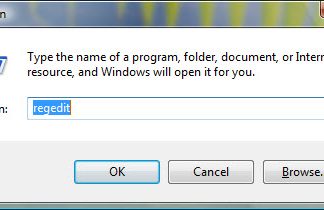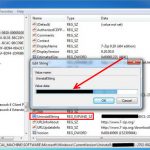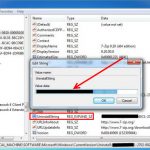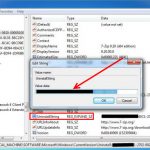When day trading, traders often use stock charts to look for price changes and movements that can signal when it’s time to buy or sell stocks. Many strategies for intraday trading rely on these charts, and professional traders know what benchmarks or indicators to look at when executing these moves.
One such indicator is the volume-weighted average price, which is the combined average of both a stock’s value and its price. It’s calculated by multiplying the average price and number of shares that are traded each minute by the total number of shares that have been traded in a given period.
The volume-weighted average price is useful for day traders because it can be used to indicate how a specific stock is trending or what the true current value may be. With that said, here are the top five reasons why so many day traders loves this and how they base their strategies on it.
1. Breakout Strategies
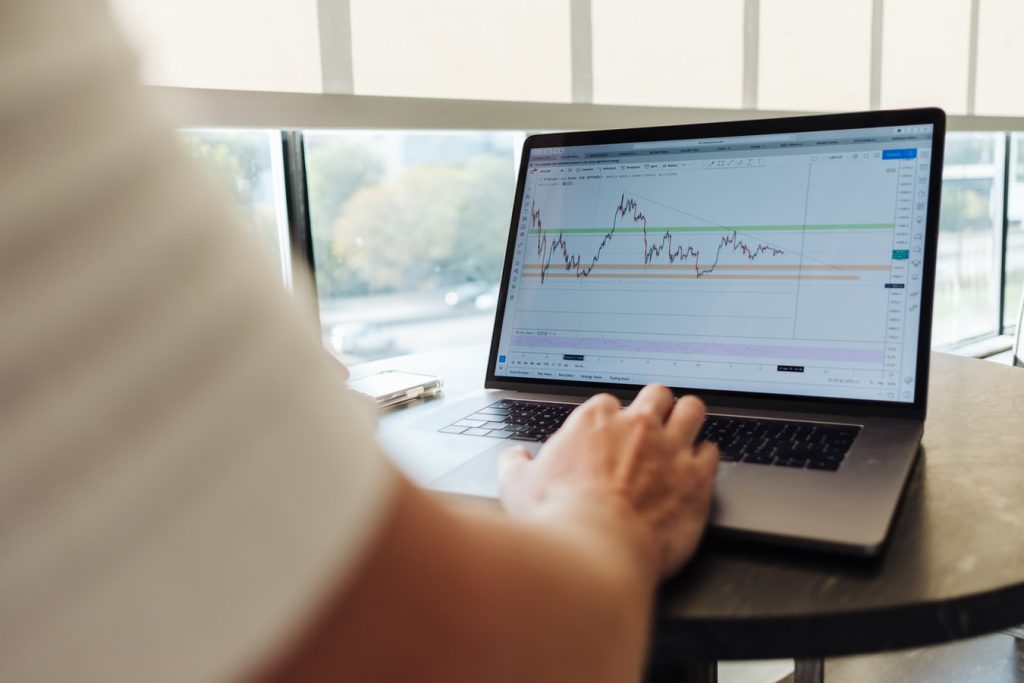
Long traders, those who buy low and sell high, love this because it helps them indicate where they should enter and exit at. Typically, they’ll wait for the share price to move well below the volume-weighted average price and will buy into a stock at that point.
Then, they’ll either patiently wait for the price to reach the volume-weighted average price again before selling, or they’ll set a stop limit to automatically sell their shares for a price much higher than this.
This is called a breakout strategy because they’re betting that the stock will break out of its current position and trend higher, back towards the higher volume-weighted average price range. It’s a type of mean-reversion strategy, which is any strategy that is based on the belief that a stock will eventually return to its average price.
2. Pullback for Shorts
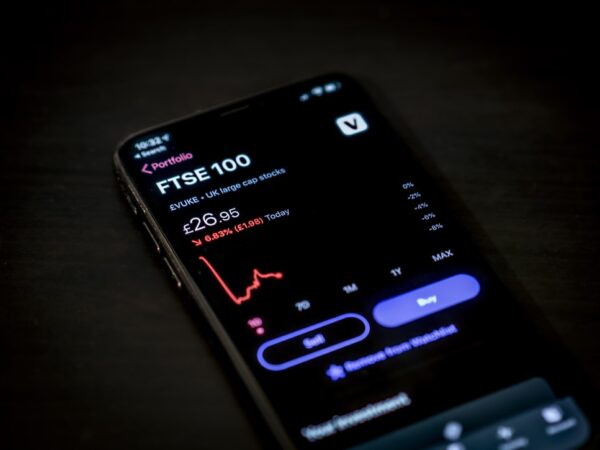
Short traders, meaning those who take up short positions, use the volume-weighted average price to execute pullback strategies. Pullback actions are something every professional trader is familiar with because they are often very predictable after a stock has experienced a spike or a sharp increase in share price value.
Day traders will often enter into a short position based on a VWAP indicator by borrowing shares of a stock through their broker when the current price is well above it. They will then immediately sell the borrowed shares while the price is still well above the volume-weighted average price line.
Once they see the stock’s value drop below that line, which is often a natural pullback, they’ll purchase shares of the stock and return them to the broker to make a profit.
3. Measuring Volatility
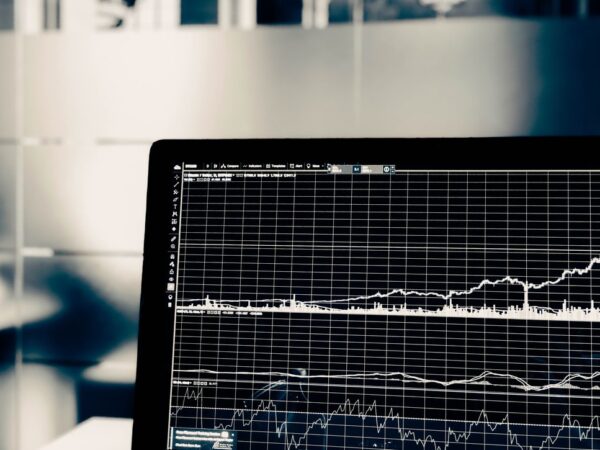
Many professional traders see value in using this as a way of gauging volatility in the markets. If the intraday VWAP seems to stay between both the recent high and low price points for the day, this often means that a stock is experiencing high volatility in the market and it may continue like this throughout the day.
Even if a day trader doesn’t necessarily use this to pick an exact entry or exit point, they may look at the VWAPs of different stocks to decide which ones have enough current volatility to trade on.
In other words, these types of traders may prefer to use their own judgment and experience to choose when to buy and sell a stock, but they’ll use the volume-weighted average price indicator to tell them which stocks are worth their time on a given day.
4. Estimating Market Sentiment
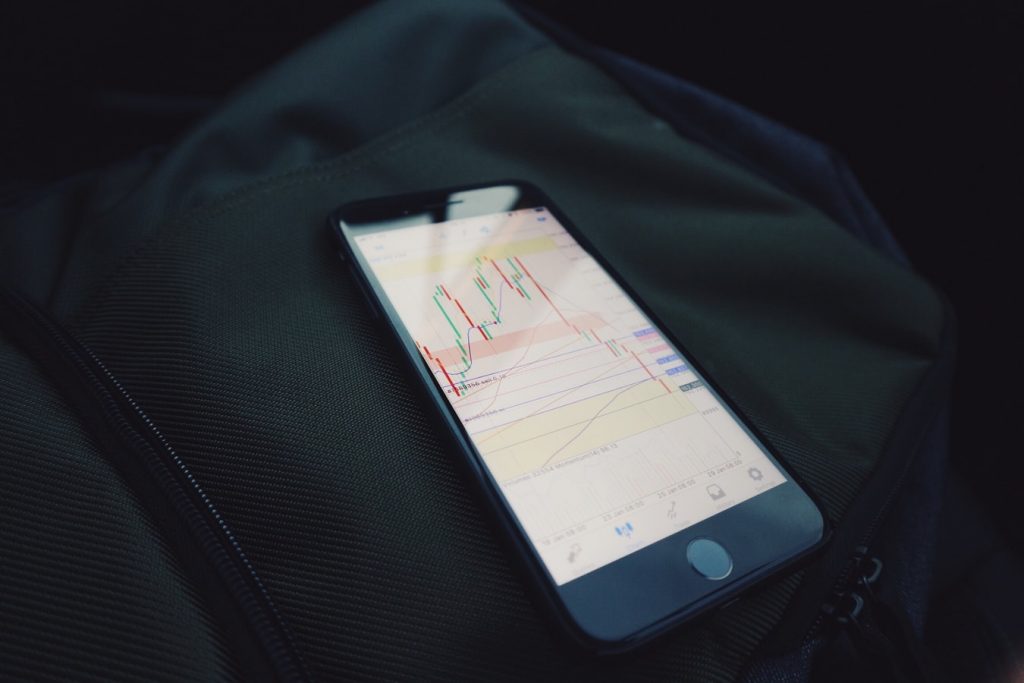
Some day traders love the psychological aspect of trading because they can make money by predicting how other traders will react based on their thoughts. These types of day traders love using the volume-weighted average price as a way of measuring current market sentiment.
In general, when a stock’s share price is above the recent VWAP, this is an expression of bullish sentiment. This normally means that there are more bearish feelings towards a stock at that particular moment.
When there is a sharp swing lower and the VWAP continues to move into a steeper downward trend, this is often a sign that bulls are liquidating their positions and exiting in droves.
5. Gauging a Stock’s Strength
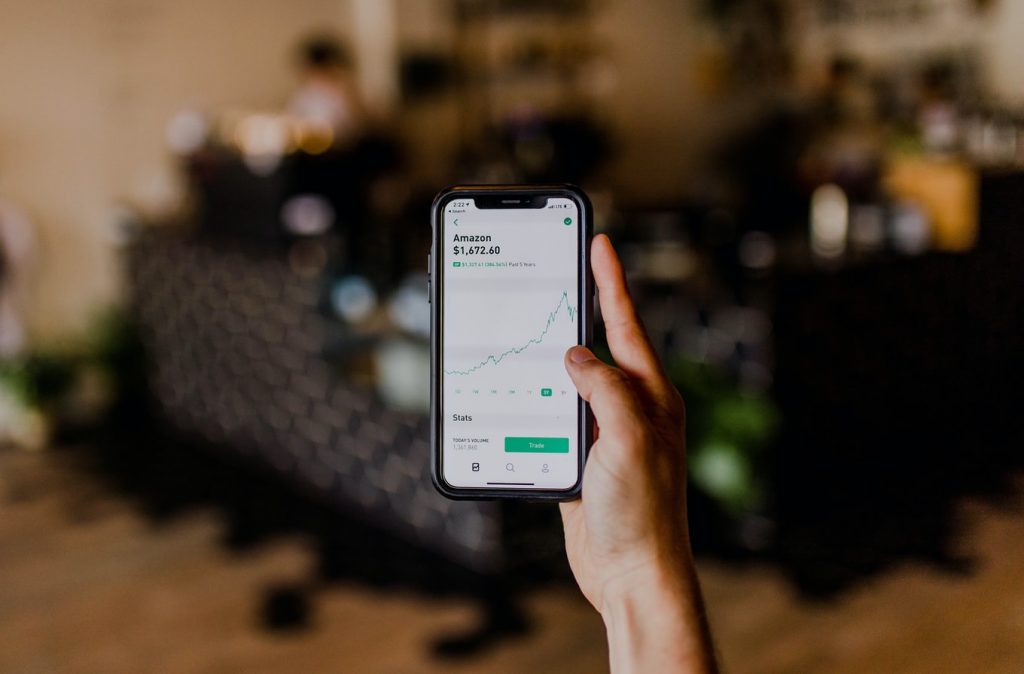
There’s a lot that can be told about a stock by looking at its volume-weighted average price. Professional day traders understand this and often use this as a way of looking at weaknesses or strengths in stocks.
If a trader notices that a stock’s share price is below the volume-weighted average price and making moves towards it but isn’t crossing it, this is often a sign that a stock is weak and may be unlikely to move higher later in the day.
The opposite is true if it’s noticed that the share price is above the volume-weighted average price and is rarely crossing the threshold to move below it. This usually means that there’s a certain level of strength behind a stock and there’s a good chance that it may extend to a higher price soon.
A stock that continues to test a certain point above or below the volume-weighted average price is often signaling to a trader that there’s a reason why it’s doing this.
Parting Advice
Learning how to use the volume-weighted average price in trading has a positive side effect on new traders in that it teaches patience. This helps to prevent impulsive behavior, which is an investor’s worst enemy. At Stockentrypoints.com, we cover many different strategies for day trading based on indicators like the VWAP, but we also stress the need for having patience when trading.
Lastly, using the volume-weighted average price can help many day traders, but it’s important to note that it’s not a substitute for good, old-fashioned prudence and trading experience. Those who use the volume-weighted average price should still exercise sound judgment when doing so.





